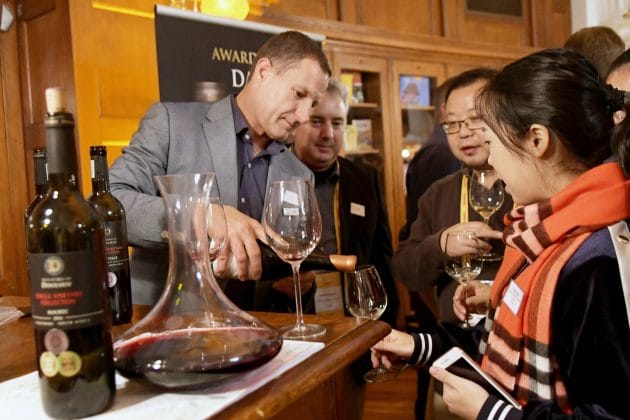Dwell with South Africa’s Indigenous Trees
You’d be forgiven for seeing only the pristine forests upon arrival at Summerfields Rose Retreat & Spa in Hazyview, Mpumalanga. Delving into the woods with one of South Africa’s leading indigenous tree experts, Michael Oosthuyzen, reveals the long-standing tales these trees have to tell.
Trees (especially indigenous trees) and how to preserve them is a subject of much debate. Many will argue that trees are the genesis to preserving an entire ecosystem. “This is about as good as it gets. I’m buoyed not only by the expansive and rare variety of indigenous trees but also by how beautifully devoid the forests are of invader species,” commented Oosthuyzen on a recent visit to the boutique, luxury family run establishment.
South Africa is home to 742 species of indigenous trees. Together with their subspecies, one can count over 2500 varieties. Each with its own identification number. For Oosthuyzen, they are so much more than their number. Uniquely, every tree has its identity, history and purpose (not unlike people).
“Upholding the integrity of our natural surroundings is always front of mind. Nestled alongside the banks of the Sabie River, our luxury tented accommodation harmoniously leaves a minimal impact. We’ve been extremely excited to hear about Michael’s findings,” said the owner, Andre van Heerden.
Over 70 indigenous tree species (and oftentimes as many within a hectare block) were identified. This is impressive given only 11% of South Africa’s tree species are found all over the country with the remaining 89% confined to specific geographies. Within those found a number are considered protected plants by the Department of Environmental Affairs including Jackalberry, Marula, Matumi and Yellowwood trees.
“Seeing two huge (30m tall) Jackalberry trees (one male, one female), estimated at over 700 years old was a highlight. These trees grow very slowly and to be that tall is very rare. Additionally, the forest has Marulas (many over 80 years old), Stinkwood and Outeniqua Yellowwoods. I also came across several species unique to the Lowveld region including Buffalo Thorn, Fever, Wild Tobacco, Lowveld Cabbage and River Bushwillow trees,” continued Oosthuyzen.
The variety and richness of these trees, many of which are fruit bearing, attracts diverse animals and birds. Notably, Oosthuyzen came across two enormous Pecan nut trees (exotic to South Africa) that are over 40m high and believed to be around 100 years old. Their age suggests these were planted by former Prime Minister, Jan Smuts, who was known to have a hunting farm in this area at the time.
Oosthuyzen who consults to the private sector, in addition to studying horticulture, learnt his trade from his father who was a cycad specialist at what was the Transvaal Plant Association at Hartbeeshoek. He also learns from a traditional healer (Sangoma) about the medicinal use of plants. For example, the Pioneer tree (found in the Summerfields forest) is a natural antibiotic into the environment, restoring PH levels in the soil which encourages more growth.
“The power of life is held within a seed. And the emphasis Summerfields places on preserving its natural vegetation is evident in its design. This is achieved alongside offering a personalised, undiscovered experience, where you can be sure the air you breathe is the purest. An entirely rejuvenating place on many levels,” Oosthuyzen concluded.
Summerfields is also a working farm that grows macadamias, litchis, roses and organic vegetables. Much of the produce is used in their restaurants to create superbly authentic fare. The first-rate spa also uses fruits from the land in treatments. Located at the Kruger National Park Phabeni Gate (and within an hour’s drive to the Sabi Sands) luxury safari trips are also on offer.
For more information visit www.summerfields.co.za





